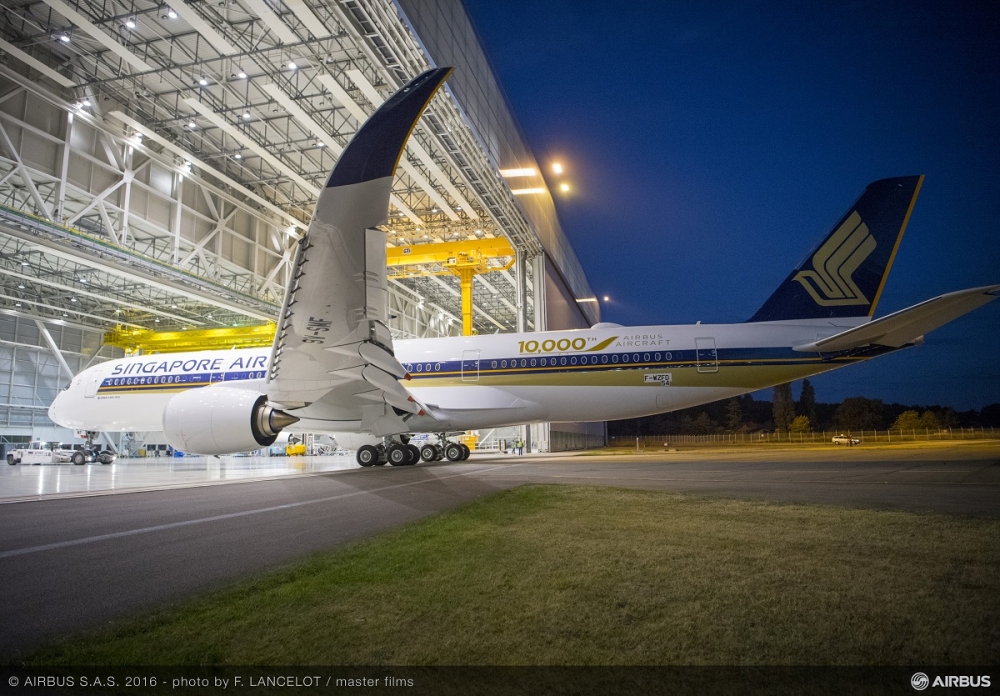Social media could undermine the cattle class crush
13 October, 2016
4 min read
By joining our newsletter, you agree to our Privacy Policy


The ability to access social media on aircraft will give airline passengers a greater voice in influencing the way cabins are configured, a senior Airbus executive believes.
Head of A350 XWB marketing customer affairs Marisa Lucas-Ugena said wi-fi connectivity would give passengers a greater ability to praise or criticise aircraft interiors as they were flying.
She said the Internet was also increasingly shaping the way passengers chose how to fly and agreed that the ability to tweet from aircraft could reverse the current trend to squeeze more people into economy class to maximise revenue.
“Any passenger having a great experience in flight can report it real time,’’ she said. “And while a few years ago that report would be when you arrive and have a nice dinner with your family, today you can spread it all over the world with social media.’’
Airlines have adopted new seat designs to cut seat pitch – the distance between a point on a seat and the same point on the seat behind it – and many are reducing seat width by adding a seat to each row in planes such as the Boeing 777.
Airbus has been heavily pushing the fact that its planes are designed to maintain a minimum seat width of 18 inches, a campaign rival Boeing discounts as marketing hype.
The cabin of the new A350 is six inches wider than the rival Boeing 787 and Airbus says this means it can offer a comfortable, wider seat in nine-abreast economy configuration as well as eight abreast in premium economy and four abreast in business class. Vertical wall panels and sophisticated lighting give a sense of space and the airline has boosted this in business class by increasing the size of overhead lockers and doing away with the central bins.
Like the rival Boeing 787, The A350 has higher cabin pressure and humidity that helps people better handle long trips and is significantly quieter than older aircraft.
While the Lucas-Ugena said the 350 was not as quiet as upper cabin of the company’s Airbus A380 superjumbo, she claimed it was six decibels quieter than the 787’s interior. She said Airbus had focused on passenger comfort when it designed the A350 because of its long range of about 8,000nm (14,800km).
“And that is a lot of time,’’ she told reporters at a briefing at Airbus’s Toulouse headquarters on Thursday. “We don’t want to stay 17 hours in the office, we don’t want to stay 17 hours on our sofa at home and the office and the sofa are normally more comfortable than an airplane.
“So that’s why at Airbus, and in particular on the A350, we are obsessed by comfort in the cabin.
“This is one of the features we consider most important and it cannot be decoupled from efficiency and it cannot be decoupled from the range ability of the aircraft.’’
The A350 is set to become a major player in the Asia-Pacific with big orders from airlines such as Singapore Airlines and Cathay Pacific.
Singapore has ordered 67 of the fuel efficient aircraft – including seven ultra long range aircraft - and is taking delivery of the sixth A350-900 on Friday. The delivery will be key milestone for the manufacturer becasue it also mark Airbus’s 10,000th aircraft delivery.
The Singaporean carrier was instrumental in developing the ultra long range version of the A350-900 which it intends to use to re-launch flights on the Singapore-New York and Singapore-Los Angeles routes. It previously operated the flights using four-engine A340-500s but was forced to abandon the routes for economic reasons.
The A350-900ULR provides an estimated 25 per cent improvement in efficiency and uses a modified fuel system and aerodynamic improvements to increase the range to about 8700 nautical miles and a flight time of about 19 hours. Operators can also switch the plane back to the standard long-haul A350-900 specification if necessary.
Singapore’s head of sales marketing, Campbell Wilson, said the airline had yet to decide on the number of seats on the ULR or the exact cabin configuration, including what classes would be involved.
Airbus is preparing to flight test a bigger version of the A350, the A350-1000, and Lucas-Ugena would not rule out the development of a long-range version.
Steve Creedy travelled to Toulouse courtesy of Singapore Airlines.
Get the latest news and updates straight to your inbox
No spam, no hassle, no fuss, just airline news direct to you.
By joining our newsletter, you agree to our Privacy Policy
Find us on social media
Comments
No comments yet, be the first to write one.

